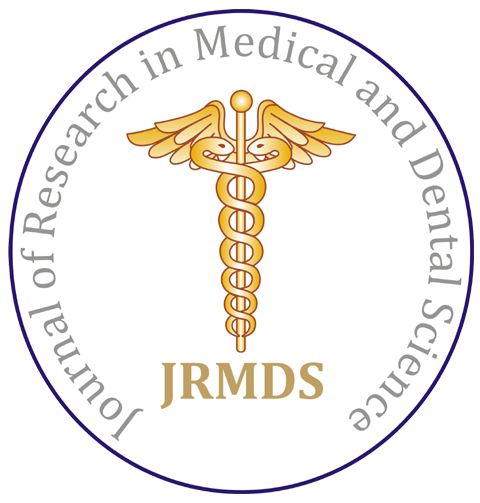Correlation between the Digital Panoramic Radiograph and DEXA Examination as Tools in the Screening of Osteoporosis in Iraqi Postmenopausal Women
Author(s): Asmaa Basheer AL-Suffar* and Nazar Ghanem Jameel
Abstract
Osteoporosis is an asymptomatic high prevalence and incidence metabolic bone disease need a low-cost prescreening method for prediction to osteoporotic risk having post-menopausal females. Aims: To find if there is any correlation between panoramic mandibular index and Dual-energy X-ray Absorptiometry (DEXA) examination as well as the strength and direction of this relation. Materials and Methods: Analytical, experimental, and descriptive study performed for 69 postmenopausal females started by DEXA scan (grouped according to T-score in to 3 groups: normal, osteopenia and osteoporosis), followed by digital panoramic radiographic imaging for all females, radio morphometric measurements of bone images in mental areas were performed and statistical analysis with SPSS (version 26.0). Pearson Correlation coefficient used to obtain correlation and prediction equation. For best osteoporotic patient predictor, inter-rater reliability using Intraclass Correlation Coefficient, the level of statistical significance was set at 5% for an alpha error of <0.05. Results: Panoramic mandibular index has a positive week Correlation with spinal bone mineral density of about 0.37 with a high significant results P=0.002 for both sides, also a high significant difference between study groups (P<0.00) were present, but there were no statistical significant differences (P=0.2) between the 3 groups regarding the age and body mass index. Conclusion: Panoramic radiograph give an idea about the density condition of skeletal bone through the panoramic mandibular index as a linear morphometric analysis of mental area through its positive correlation with spinal bone mineral density.
